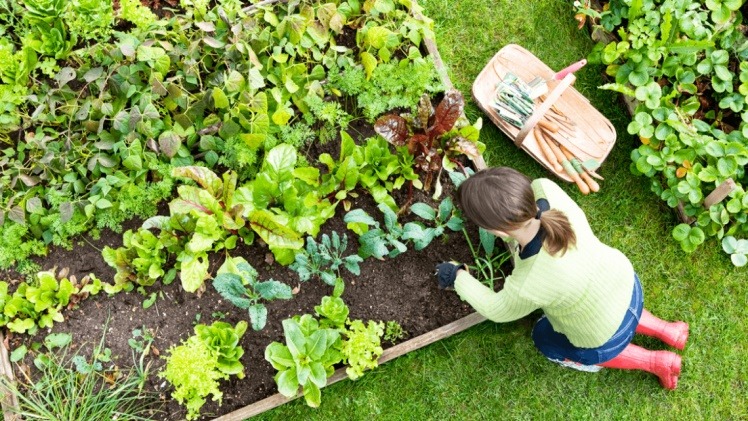Raised garden beds have become increasingly popular among gardeners, and for good reason. They offer a contained space for gardening that enables you to manage the standard of your soil, improves drainage, and makes it easier to manage pests and weeds. In addition, you can also use tools like garden box, raised garden bed plans, raised bed, raised planter boxes which can help get rid of other types of gardening problems. So, if you’re considering starting a raised garden bed for growing vegetables, here are five tips to help you get started:
Choose the Right Size and Location
Before you start building your raised garden bed, consider the size and location that will work best for your needs. The size of your backyard and the amount of sunlight that the garden bed will receive are important factors to consider. The majority of plants require six hours a day of direct sunlight each day, so make sure you choose a location that gets ample sunlight.
Use the Right Soil Mix
Raised garden bed have many benefits, one of which is that they allow you to control the quality of your soil. Make sure to use a high-quality soil mix that is abundant in minerals and organic matter. Look for a soil mix that is specifically formulated for raised garden beds or container gardening. techonefive.com easybuzz.info worldnewsday.info dress-market.com travelsguide.org
Add Compost and Fertilizer
To ensure your vegetables have all the nutrients they need to grow and produce, add compost and fertilizer to your raised garden bed regularly. Fertilizer can help boost plant growth and productivity.
Plan Your Planting Layout
When planning your raised garden bed, consider the layout and spacing of your vegetables. Some plants, like tomatoes, need more space than others, while others, like lettuce, can be planted closer together. Additionally, consider companion planting, where you plant different crops together that benefit each other in some way.
Water Regularly
Raised garden beds require regular watering, especially during hot weather. You can water your raised garden bed with a hose or watering can, being careful to water the soil and not the leaves of your plants.
Some additional tips for growing vegetables in raised garden beds:
Choose the Right Vegetables
When selecting which vegetables to grow in your raised garden bed, choose varieties that are well-suited to growing in containers. Vegetables like tomatoes, peppers, lettuce, and herbs are great options. Avoid growing vegetables that require a lot of space, like pumpkins or watermelons.
Consider Adding Trellises or Supports
If you plan to grow vining vegetables like tomatoes or cucumbers, consider adding trellises or supports to your raised garden bed. This will help keep your plants upright and off the ground, which can improve air circulation and reduce the risk of disease.
Rotate Your Crops
To prevent soil-borne diseases and nutrient depletion, it’s important to rotate your crops each year. This entails cultivating various crops in various regions of your raised garden bed each season.
Mulch Your Garden Bed
Adding a layer of organic mulch, like straw or leaves, to your raised garden bed can help retain moisture, prevent weed growth, and add nutrients to the soil.
Protect Your Garden Bed from Pests and Wildlife
Raised garden beds can be more vulnerable to pests and wildlife than traditional gardens, since they are closer to eye level and can be easier to access. Consider adding protective measures like netting or row covers to keep birds and insects away from your plants. Additionally, if you have issues with larger pests like deer or rabbits, consider adding a fence around your garden bed to keep them out.
Using raised garden beds is a great way to grow vegetables in a contained space that offers many advantages over traditional gardening. By choosing the right size and location, using the right soil mix, adding compost and fertilizer, planning your planting layout, and watering regularly, you can create a thriving vegetable garden in your raised garden bed. So, start planning your garden bed today and enjoy the fresh, delicious vegetables that you will soon be harvesting!

